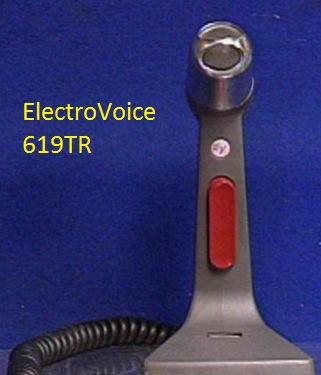I've been using an Astatic unamplified d104 (g-stand) on every Sonar I ever owned.
I'd like to try something different.
It can get costly searching for a mic.
I've never owned a Shure, but would like to give one a try.
It must be an unamplified high Z microphone.
Cost isn't a factor when concidering a single mic, but I'd like not to have to purchase 2 or even 3 only to find out that it sounds like the d104 I'm using, or worse not as good. I know there's only so much one can do in order to improve a sonar 2340's audio, and from my understanding a mic is one of those things.
I know much has to do with the microphones response, but don't actually understand how that works.
Is there a Shure mic that has a response different from the Astatic g-stand that would compliment a Sonar FS 2340? If there's something other than a Shure I'm open to ideas.
The 2340 has a three wire (ground, key, audio) 1/4" phone jack. The mic's suggested would have to be compatible with the three wire phone jack. I don't want to have to modify the mics cord in order for it to work with this type of wiring configuration. Any suggestions would be greatly appreciated. 73
I'd like to try something different.
It can get costly searching for a mic.
I've never owned a Shure, but would like to give one a try.
It must be an unamplified high Z microphone.
Cost isn't a factor when concidering a single mic, but I'd like not to have to purchase 2 or even 3 only to find out that it sounds like the d104 I'm using, or worse not as good. I know there's only so much one can do in order to improve a sonar 2340's audio, and from my understanding a mic is one of those things.
I know much has to do with the microphones response, but don't actually understand how that works.
Is there a Shure mic that has a response different from the Astatic g-stand that would compliment a Sonar FS 2340? If there's something other than a Shure I'm open to ideas.
The 2340 has a three wire (ground, key, audio) 1/4" phone jack. The mic's suggested would have to be compatible with the three wire phone jack. I don't want to have to modify the mics cord in order for it to work with this type of wiring configuration. Any suggestions would be greatly appreciated. 73

